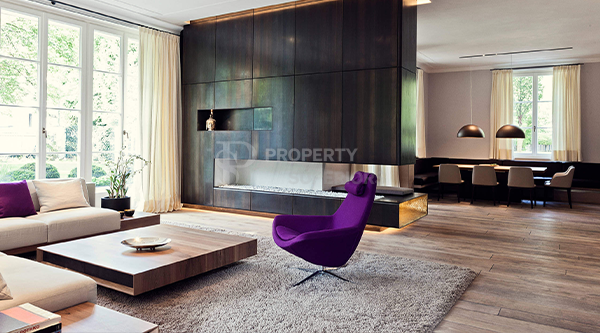
Are you new to the field of interior design? Maybe you've had a lover for years. In any case, it is difficult to distinguish the design styles from each other. Frankly, there is a lot of overlap between aesthetics. Nowhere is it more crossover than in contemporary style.
Have you ever wondered what makes style modern? Well, you are not alone. That's what this guide addresses. This article is dedicated to analyzing the characteristics of contemporary style. Read on to learn what characteristics make this style unique.
What is modern style?
The word "contemporary" refers to "now". This makes expressing this style particularly difficult. This style dates back to the 1970s and is considered unique. It borrows elements from various other aesthetics. Here you'll find Art Deco, traditional nods to modern and even futuristic design features.
Another important aspect of contemporary design is that it is constantly changing. Other styles are more or less set in stone. However, the current "talk" may change in the next few years. Today, minimalism, neutral colors and curves define the look.
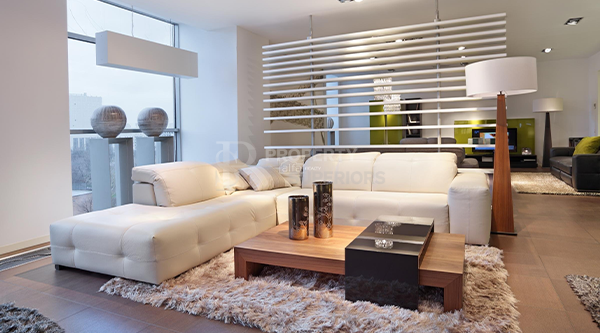
Focuses on neutral shades
Did you know that neutral tones are the foundation of modern style? If you want to show respect for this style, shades of grey, brown, black and white must dominate your design. Strong spot colors are also often used. However, they are often toned down as accent colors and used sparingly.
You can decide whether to stick with a combination of neutral tones or add a pop of color. Still, if you prefer the first way, it's a good idea to add another texture to your design. Note that world textures here refer to the look and feel of the item. Different textures help add visual interest to any room.
Space and line
The most unique and obvious feature of modern style is the line. Whether it is curvilinear shapes, horizontal lines or vertical lines, there is great visibility in any contemporary style home. This pedigree is evident in the architectural details, sculptures, geometric shapes of the wall art, exposed windows, high ceilings, and use of bold color blocking.
Bare spaces on walls, above upper areas and between furniture become as important as spaces filled with objects. Less is more when we talk about contemporary style. Each piece is unique and individual.
You must maximize structural elements. You can hang the duct from the ceiling. Broken bricks provide stability and structure. Exposed pipes make a lot of sense in modern interiors. Do you want to get someone's attention? You can paint such structural details in strong contrasting colors. You can also merge them with walls to reduce their importance.
Contemporary style furniture
Furniture needs to express a bold style, but at the same time be clean and simple. Clean, smooth geometry is key. Upholstered furniture is usually white, black, or another neutral color. You can use natural fibers such as jute, silk, linen, cotton and wool to add attractive texture to fabrics. Want to add a little texture and color? You can also use pillows with clear geometric shapes.
Use a simple background and use your favorite colors for a truly eye-catching piece of furniture. Ottomans, chairs and sofas are sometimes bare-legged. Chairs and beds often omit tassels, tassels, trim or skirts. We do not recommend floral patterns, tassels, excessive carved details or ruffles. Stay away from small things and cuts. Always aim for texture, boldness, simplicity and simplicity.
Lighting
Another key to modern style is ample lighting in the space. You need to pay special attention to natural light. In this case, contemporary style derives from mid-century modern design in one detail. You need to provide enough light to the room if possible. Typical features of such rooms are window walls. Still, they're a solid choice. Even better if you let light in from all accessible windows.
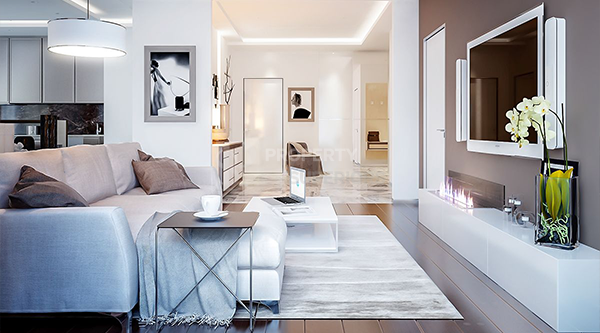
Below are some of the options you can view in the default layer options.
- Task Lights - These lights help you perform specific functions. It could be anything from a pendant light to a table lamp suspended over a kitchen island.
- Accent Lighting - Used to accentuate a specific focal point, such as artwork on a wall. Track lights, wall lights and picture lights are typical. With features like this, dimmers are often used to create mood lighting.
- Ambient Lighting - Fills most spaces and allows you to move around safely. Typically, these lights are wall lights, track lights or recessed lights. Ideally, you should have at least one lighting element of each category in your home.
Focus on choosing well-designed home items to add a modern touch to your designs. Choose fixtures that work well with the curves in the fixture. We recommend that you also choose items made of metal.
More style elements
The ubiquity of clear glass, opaque glass, stone and metal is perfect for spaces designed in a contemporary style. You can use solid colored heavily textured fabrics for rugs, cushions or window decorations. Be careful not to use blurry and colorful prints. This is because they confuse the solution of modern design spaces - simple spaces.
Final word
The definition of contemporary style is that it is a mixture of other aesthetics from the second half of the last century. The best qualities of these shapes are used to establish a style that will stand the test of time.
Are you one of the lovers of modern style right now? Why not use this article as a guide for recreating existing interior design styles? After all, only a few basic steps are required.
Related posts:
"Smart Homes" are homes that have the latest technology. All of the parts of the house are controlled by technology, so they are fully automated. That means you can control everything in your home with the touch of a button,...
The process of interior design supervision involves the designer overseeing the execution of all tasks, including design, selecting personnel and materials, renovating existing spaces, and completing the project as planned.



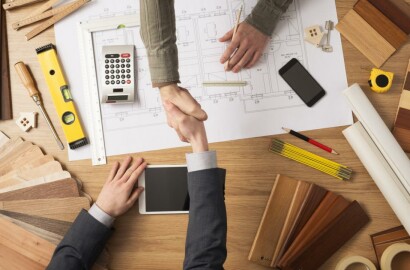
 New provisions for obtaining Turkish citizenship through real estate ownership
New provisions for obtaining Turkish citizenship through real estate ownership
 Turkish Real Estate Rental Law 2024
Turkish Real Estate Rental Law 2024
 Ways to obtain Turkish citizenship through investment 2024
Ways to obtain Turkish citizenship through investment 2024
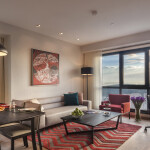 How to choose an ideal apartment in Turkiye?
How to choose an ideal apartment in Turkiye?
 Turkish passport... Extraction method and fees 2024
Turkish passport... Extraction method and fees 2024
